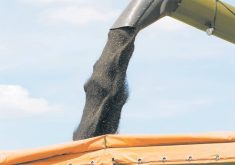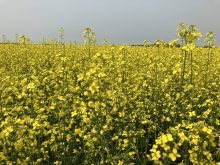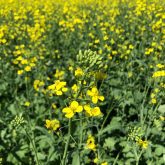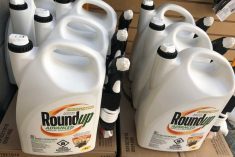The canola industry has its eyes on the Prairies’ most inhospitable regions and knows potential growers will need support.
The Canola Council of Canada is setting up research it hopes will drive sustainable canola growth in the brown soil zones of the Palliser Triangle, one of the hottest, driest regions of the Prairies.
With canola crush capacity in the midst of doubling, these efforts have never been more important, says a senior official with the council.
Read Also
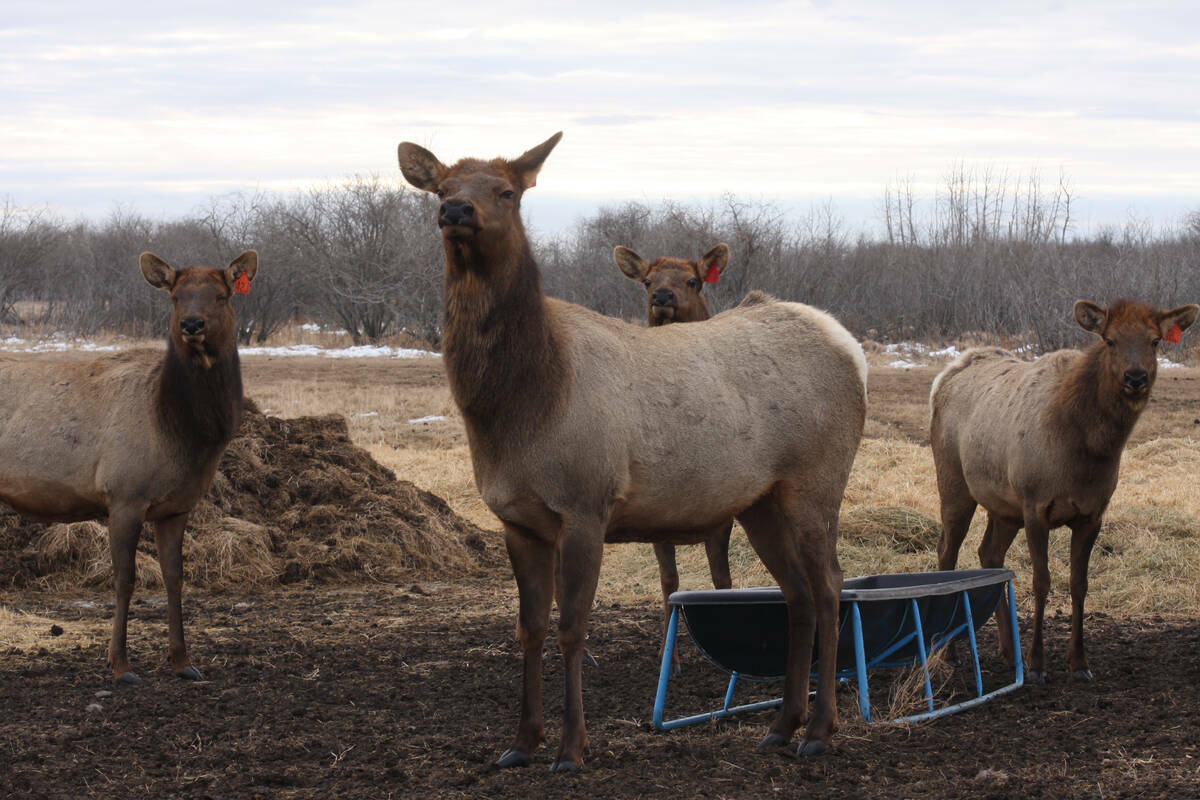
Cervid harvest preserves to be developed in the province under Bill 10
The Government of Alberta has given approval for creation of cervid harvest preserves.
“There’s $2 billion in capital going into building those new crush plants in southern Saskatchewan,” said Curtis Rempel, the group’s vice-president of crop production and innovation. “That’s a lot of capital investment that’s going to increase our crush capacity around 50 per cent.”
That’s prompting a new look at the Palliser Triangle, which stretches from Lethbridge to Oyen in the north to just past Moose Jaw. It was infamously deemed too arid for settlement by Captain John Palliser during his survey of the West in the mid 1800s.
Growing canola in that brown soil zone can be an uphill battle, Rempel acknowledges.
“It’s the lack of moisture and the timeliness of moisture compounded by the fact you can have some very high temperatures during flowering. Also, you have to plant canola so shallow — you can’t plant it down into moisture like you could with a larger-seeded pulse or cereal.
“It makes it a risky proposition.”
Less disease pressure
Nevertheless, canola can be grown successfully in the region. The irrigated parts are a hub for hybrid canola seed production, and in years when moisture is plentiful, dryland canola crops can be outstanding.
“If you look at some of the regional yield data, when moisture has not been limiting, the brown soil zones are some of our highest-yielding areas in Western Canada,” said Rempel. “That’s maybe because they don’t have all the disease pressure we have in our higher-moisture black zones.”
Joseph McKee, who farms southeast of Lethbridge, confirms this.
“In our wet years canola can be our biggest money maker.”
There’s a surprising amount of dryland canola in his region, said McKee, who grows the crop on both dry and irrigated land.
“It’s quite common down here. The yields are definitely pathetic compared to outside the Palliser Triangle. The odd year it can still be a good money maker and typically it’s still a good performer.”
The yield differences between his dryland and irrigated acres can be stark, however.
“This past year the canola was two-and-a-half times better on irrigation compared to the dryland,” said McKee. “It shows the potential we have but also the intense variability. The five-year average is closer to the crappy field, unfortunately.”

Local varieties?
Part of the canola council’s investigation is whether there are varieties better suited to the brown soil zone.
“That’s part of the discovery piece,” said Rempel. “Are there varieties that tolerate higher temperatures at flowering?”
Shorter season varieties may have potential, but there are tradeoffs, he added
“You’re giving up some yield potential with a shorter-season variety, but you may beat the heat at flowering,” he said. “You might have to plant them a little bit later to get moisture. Less yield but more consistency versus higher yield and less consistency is the tradeoff.”
McKee says he typically uses longer-season varieties.
“As far as actually coping with heat, there’s no particular variety that does really, really well. A heat blast in July or August when the canola’s flowering and the day is 35 to 38 degrees is very hard on it.”
Brassica juncea canola (a new oilseed developed from Brassica juncea mustard) might present another opportunity because it can tolerate higher temperatures.
“Of course that will have to be vetted against the yield gains we can maybe make with just breeding brassica napus (regular canola) for higher temperature tolerance,” said Rempel.
“I think the big (question) is ‘can I consistently get 40 bushels per acre year after year growing canola when I’m typically in a moisture-deficit mode for a chunk of my growing season.’”
Resist seeding deep
One of the biggest reasons canola struggles on dryland is because it must be planted at a shallow depth, ideally a half-inch to one inch.
However, topsoil tends to dry out early in the Palliser Triangle, so growers may be tempted to plant deeper. Rempel doesn’t recommend this.
“Canola doesn’t do well if you’re planting it two-and-a-half inches deep like wheat. The energy reserves are just depleted so massively and quickly and the seed has to germinate from that far down and push its way up through the soil.”
McKee targets three-quarters of an inch to an inch deep on his dryland acres.
“We often have to chase moisture a little bit more. You can’t always count on a spring shower to moisten the topsoil,” he said.
Canola growers and researchers know a lot about what not to do in these regions, but what they really need are solid numbers and best management practices to help them get productive crops consistently.
Those are coming, said Rempel.
The canola council and its partners are releasing research protocols to get the best results out of trials. The hope is that this research will drive best management practices for producers growing canola in these conditions. A lot of the research will be conducted by farmers themselves with support from academics, seed companies and agronomists.
“There are no big AAFC (AgCanada) or university research stations left in the brown soil zones. This is going to be done from the ground up on the farm,” said Rempel.
“We’ll certainly get academics and AAFC researchers involved… but it’s going to be different than canola research in the past where we have been able to rely on research sites to do some of the plot and discovery work.”
Establishing an optimal plant stand is one of the biggest challenges McKee faces on dryland. Although he shoots for the industry standard of five to eight plants per square foot, his yield is variable.
“There will be a low spot that will have 100 per cent emergence and then we’ll get to a dry, sandy hill that will have one plant per square foot,” he said. “But some springs we don’t have a problem and we get a really nice stand. It’s just variable year to year.”




